

Incredibly, it's been nine years since Nintendo has released a proper new Pikmin game. Much has changed--for instance, this review was conducted using a digitally downloaded version of Pikmin 3. But thankfully Pikmin hasn't changed all that much. It’s just gotten better.
At its core, the base gameplay remains unchanged. You still command an army of cute little brightly coloured plant/animal hybrids as you attempt to complete your scientific mission--in this case harvesting fruit seeds from the planet’s surface in order to propagate new food supplies back on your home planet of Koppai. This fruit collection mechanic replaces the spaceship parts-seeking of the original and makes for an impeccable solution to the problem of how to re-create the urgency of the first Pikmin game without giving the game an overt and arbitrary time limit. Why? Because fruit is not only your goal, but also your team’s sole source of sustenance.
"The result is an extremely rewarding progression system."
The result is an extremely rewarding progression system, providing exciting loot hauls while satisfying a deep-seated human instinct to stockpile food. As if to cement the feeling that this is actually a game about human(oid)s rather than Pikmin, it’s less ‘survival of the fittest’ and more ‘survival of the cleverest’ as you must tackle each new situation with brains if you want your team to survive.
And that team is now bigger. Aside from your Pikmin army, you now have three crew members at your disposal, or at least you do once you’ve reunited them all. Each member can command Pikmin or his/her teammates; they can also be separated from the group and sent off in different directions. This allows you to be in three places at once, which, while not necessary for the most part, allows for additional nuances in your strategies and provides welcome new avenues for puzzle design and solutions that elevate this game above the familiar Pikmin gameplay.
The new Pikmin types (rock and flying) prove particularly useful in battle, packing the strongest punch and devastating airbourne targets respectively. Despite having five Pikmin types at your disposal in the main game, each one’s worth and purpose is always clear and you’re always able to quickly cycle through to the type you want to deploy, making for challenging yet controllable encounters with enemies.
That said, all the different Pikmin types will inevitably end up getting stuck on scenery at some point, meaning you’ll have to go back and collect the stragglers before sun-down. It’s unbearably sad to see the ones you couldn’t save miss the ride up into the safety of orbit, but the satisfaction that comes from another successful day with zero sundown casualties makes up for the occasional feeling of stomach churning guilt.
"Pikmin 3 is a masterclass in level design."
There are only four main levels, which sounds tiny, but each has been designed with such cunning, they continue to offer up fresh experiences over the course of the 20-hour main game. Revisiting areas as you acquire new Pikmin types yields new routes and areas, each with ever-more challenging puzzles. The last few fruits are devilishly hard to reach, but the feeling of accomplishment when you do is boldly satisfying.
Breaking up the standard fruit-seeking gameplay are several huge boss fights. These are showpiece events, each offering something to impress on a technical level (the sand pit is particularly brilliant, at one point looking exactly like the Great Pit of Carkoon from Star Wars) and acting as a milestone in your mission. Once the game’s over, they can be tackled in time attack, which adds necessary post-story value to the game.
Almost every element of the game is polished to a sheen. Only the final, fifth area falls short of being wholly convincing, as it abandons the collection mechanic and attempts to elevate the game into a nightmarish pursuit/escape scenario. It all degenerates into a rather messy battle as the screen fills with a mish-mash of Pikmin and special effects, which is a pity. The addition of another regular area in its place would have been a more satisfying conclusion to the game.
"The post-game content is good--great even. But it can’t fill the void left by knowing you’ve finished the story."
For a game that was originally intended to be released on Wii, Pikmin 3 fits Wii U very well. Wii Remote pointing has its advantages (like being faster and not requiring Alph, Brittany, or Charlie to take a few steps in the direction you want to point), but being able to access the touch screen map via GamePad to freeze the action at any time and scan the environment is probably more useful to have in your hands overall.
The main story mode is already an essential purchase, but there are two other modes to try once you’ve exhausted it. The first is mission mode, which gives you a set time limit in which to find enough fruit or kill enough enemies to win a medal. It’s addictive, certainly, especially with the ‘gold’ rating requiring ludicrously high scores, but does undo much of the naturalistic mood built up so beautifully by the main game. The second is a full-on 2-player versus. ‘Bingo Battle’ sees you and a friend collecting fruit to tick off corresponding icons on a bingo card in an attempt to complete a line first. The split-screen is wonderfully smooth and there are plenty of levels to try, making this a surprisingly worthy and fun multiplayer mode. All of this post-game content is good--great even. But it can’t fill the void left by knowing you’ve finished the story.
Pikmin 3 is a game about nature, just as it always has been. But on Wii U it’s so believable it often feels like you’re sitting in a real garden, playing with ants and beetles in dappled sunlight. Despite the macabre undertones of the cruelty of nature, the game is charming, funny, and utterly captivating. It is without doubt yet another Miyamoto masterpiece, and one that the Wii U desperately needs.
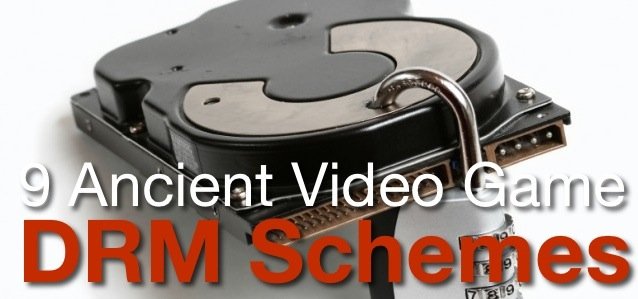


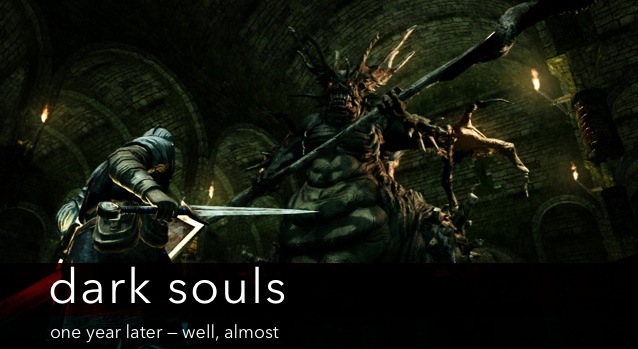
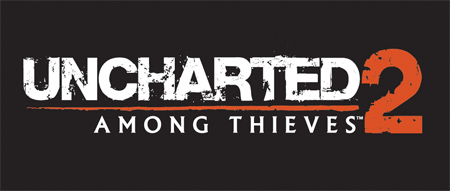 Uncharted 2: Among Thieves Guide
Uncharted 2: Among Thieves Guide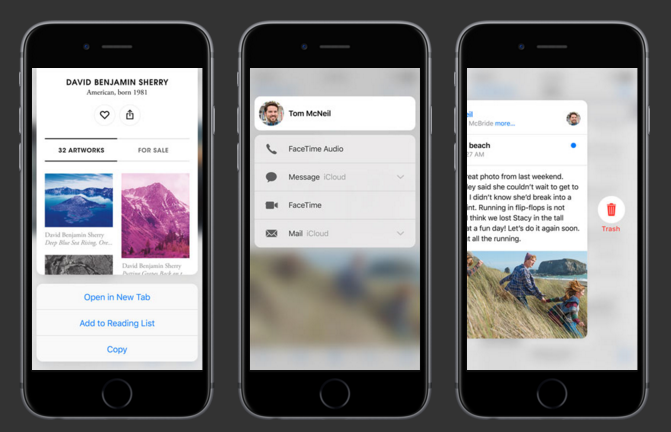 Everything You Can Do With 3D Touch on Your iPhone
Everything You Can Do With 3D Touch on Your iPhone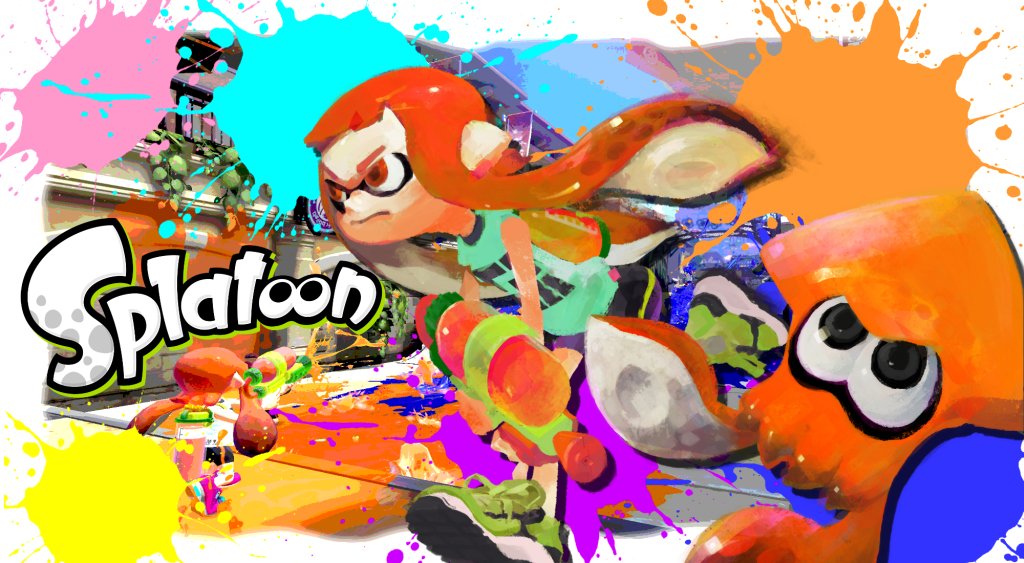 Splatoon Tips and Tricks: Ten Steps to Conquer Multiplayer
Splatoon Tips and Tricks: Ten Steps to Conquer Multiplayer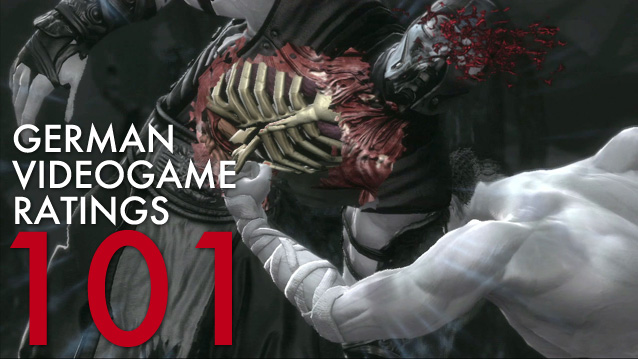 German Videogame Ratings 101
German Videogame Ratings 101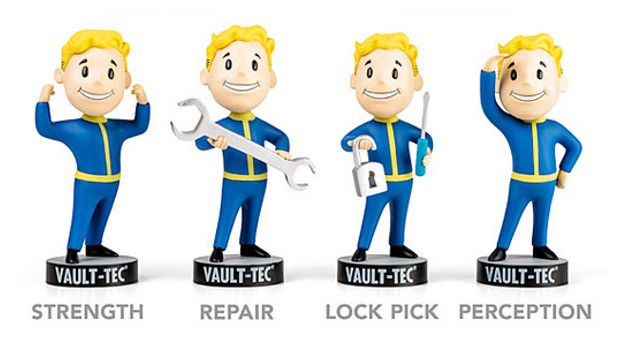 Fallout 4: All 20 Bobblehead Locations and Effects Guide
Fallout 4: All 20 Bobblehead Locations and Effects Guide